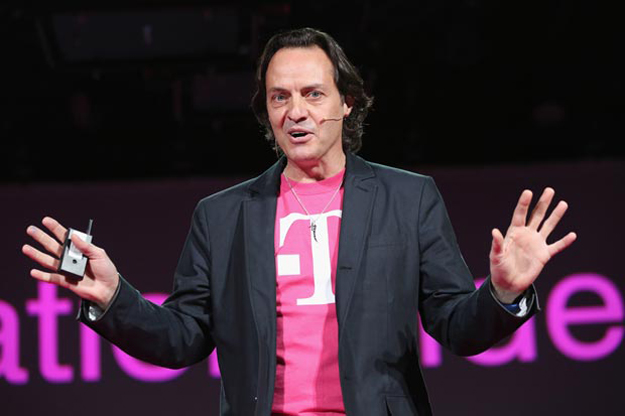T-Mobile’s Binge On program is yet another move from the “Un-carrier” that’s supposed to help it steal more customers from the competition. With Binge On turned on – a default setting on all T-Mobile devices – video traffic from certain mobile apps isn’t counted towards a users’ monthly cap. That’s great, in theory, though it might not sit well with net neutrality supporters.
DON’T MISS: This site lets you see your best nine Instagram pics of 2015 – and anyone else’s best nine
T-Mobile has partnered with various content providers for Binge On — including Netflix, Hulu, and HBO — but YouTube isn’t one of them. In fact, Google says that T-Mobile throttles its own videos and lowers their resolution, even though YouTube hasn’t inked an agreement with T-Mobile to be included in Binge On.
T-Mobile argues that it’s not throttling YouTube traffic and is using different wording to describe the poorer video experience users might be getting when watching YouTube clips over a T-Mobile cellular connection.
“Using the term ‘throttle’ is misleading,” a T-Mobile representative told DSLReports. “We aren’t slowing down YouTube or any other site. In fact, because video is optimized for mobile devices, streaming from these sites should be just as fast, if not faster than before. A better phrase is ‘mobile optimized’ or a less flattering ‘downgraded’ is also accurate.”
Regardless of the language used, it looks like you won’t be getting 4K YouTube videos on your mobile device as long as Binge On is turned on. Instead, YouTube videos will be served at 480p quality. You can turn it off if you want to – Google argues that it should be an opt-in service rather than opt-out.
“Reducing data charges can be good for users, but it doesn’t justify throttling all video services, especially without explicit user consent,” Google complained about T-Mobile’s YouTube-related practices.
The FCC hasn’t taken issue with T-Mobile’s throttling practices yet, although it’s unlikely that they specifically violate the commission’s net neutrality rules.








